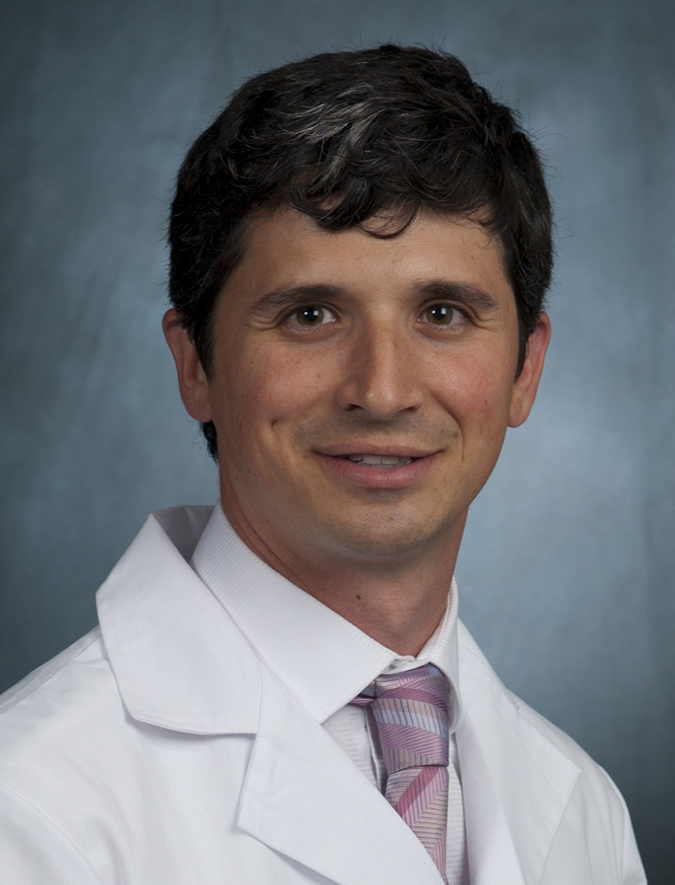Impaired Exercise Tolerance Early After Heart Transplantation Is Associated With Development of Cardiac Allograft Vasculopathy. Journal Article
Local Library Link: Find It @ Loyola
| Authors: | Yu, MD; Liebo, MJ; Lundgren, S; Salim, AM; Joyce, C; Zolty, R; Moulton, MJ; Um, JY; Lowes, BD; Raichlin, E |
| Article Title: | Impaired Exercise Tolerance Early After Heart Transplantation Is Associated With Development of Cardiac Allograft Vasculopathy. |
| Abstract: | BACKGROUND: Exercise performance remains limited in some patients after heart transplantation (HTx). The goal of this study was to assess for association between cardiopulmonary exercise test (CPET) performance at 1 year after HTx and future development of cardiac allograft vasculopathy (CAV). METHODS: Overall 243 HTx recipients performed CPET at 1 year after HTx. During the median follow-up period of 31 (IQR 19; 61) months, 76(32%) patients were diagnosed with CAV (CAV group). RESULTS: The CAV group patients had lower exercise capacity (5.2 ± 1.9 vs. 6.5 ± 2.2 METs; p=0.001) and duration (9.6 ± 3.5 vs. 11.4 ± 4.8 minutes; p=0.008), lower peak VO2 (18.4 ± 5.4 vs. 21.4 ± 6.1 ml/kg/min; p=0.0005), lower normalized peak VO2 (63 ± 18% vs. 71 ± 19%; p=0.007), and higher VE/VCO2 (34 ± 5 vs. 32 ± 5, p=0.04). On Cox proportional hazards regression analysis, normalized peak VO2 =60% and VE/VCO2 =34 were associated with a high hazard for CAV (HR=1.8 [95% CI 1.10-4.53, p=0.03] and 2.5 [95% CI 1.01-8.81, p=0.04], respectively). The subgroup of patients with both normalized peak VO2 =60% and VE/VCO2 =34 were at highest risk for development of CAV (HR=5.2, 95% CI 2.27-15.17, p=0.001). CONCLUSIONS: Normalized peak VO2 =60% and VE/VCO2 =34 at 1 year after HTx are associated with development of CAV. |
| Journal Title: | Transplantation |
| ISSN: | 1534-6080; 0041-1337 |
| Publisher: | Unknown |
| Date Published: | 2020 |



